

A number of small vessels were attached to KING ALFRED as training tenders, these included the Naval Auxiliary Boats BENITA, FALCON II, LAUGHING WATERS, OCELOT, and WONDER and the Auxiliary Patrol Yachts LEONORA, VACUNA, and WARRIOR. These were moored in the Shoreham canal and manned by RN Patrol Service personnel. These craft were used to provide ‘hands-on’ experience of ship handling, seaman ship and navigation. The former Sussex Division RNVR drill hall provided the means to teach the basics of naval gunnery using the several artillery pieces that were on site for training peace-time reservists.
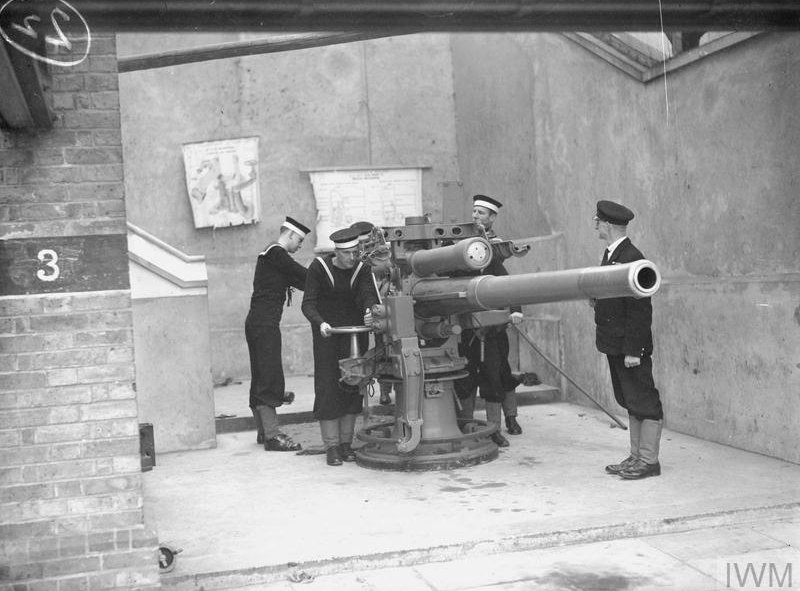
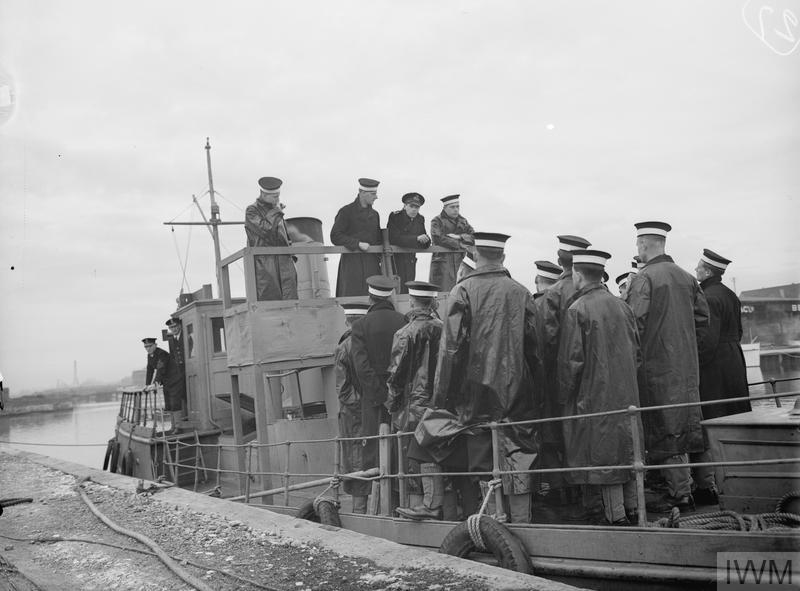
There was a great deal of classroom work throughout the course, lectures were given on a wide range of subjects, and were often followed by practical exercises. Training began in earnest once a cadet rating reached KING ALFRED (L). The syllabus shown below is from early 1943 and demonstrates the volume of knowledge hat had to be absorbed during the 12 weeks of thecourse,
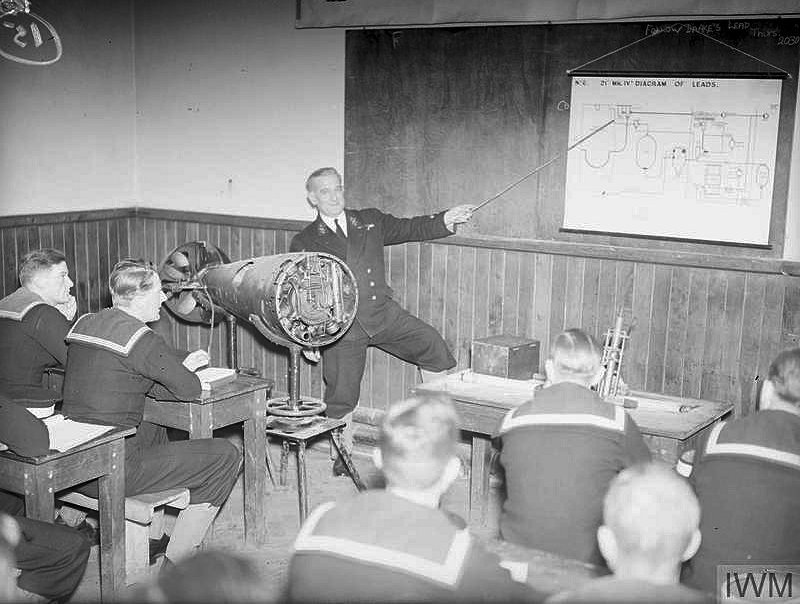
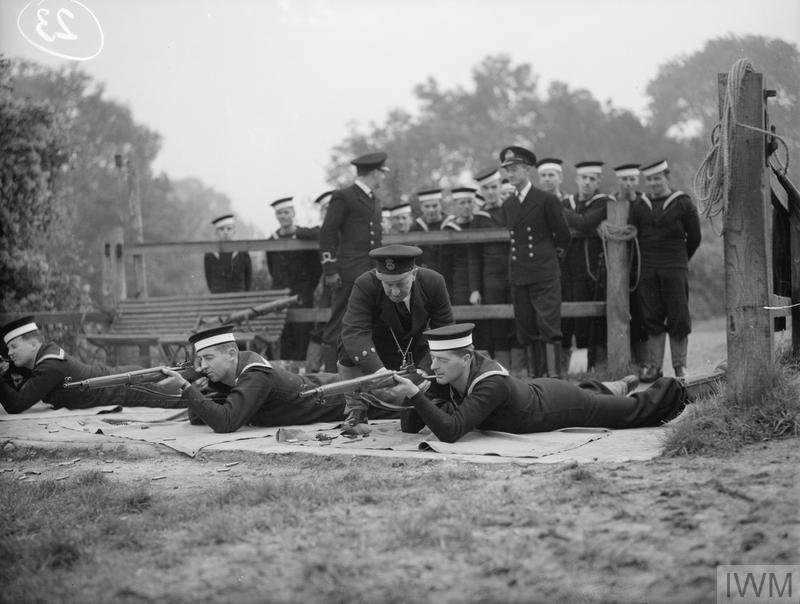
On May 29th 1941 His majesty King George VI visited the establishment and as part of his tour he inspected the WRNS. Like all naval shore establishments KING ALFRED employed a large number of WRNS personnel (colloquially known as Wrens). There were eight Wrens in the ship's company in 1939 when only Hove marina was in use; as the establishment grew a separate WRNS quarters (Wrennery) was set up in two large houses at San Remo on the Kingsway, which housed 70 wrens. By the end of the war there were 45 working at Lancing and 7 at Mowden. A number of these were locals, young women recruited to fill posts in the various sites as ‘immobile Wrens’ – enlisted into the WRNS but for service only in a specified area around their home. These Wrens wore the same uniform as regular WRNS and had the same duties and responsibilities but they lived at home and could not be drafted outside their home area. Jobs filled by ‘immobile’ Wrens included cooks, stewards, typists and store clerks.

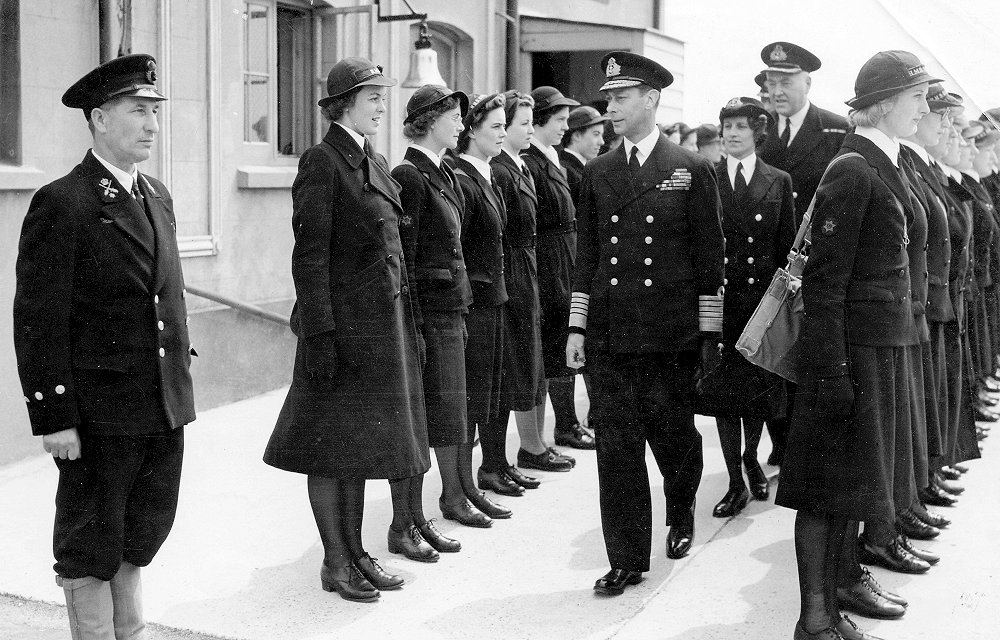
Along the front of the Marina building facing the Kingsway were a number of small rooms which were intended to house individual baths, these were converted into offices; classroom space was provided by the dressing rooms adjoining the pools. A smaller, cleansing pool was allocated for the use of the ship's chaplain, and by 1940 this room had been converted into St Nicholas' Naval chapel.
On May 8th 1945 the personnel and trainees of KING ALFRED celebrated VE Day, a national holiday having been declared. Men and women from KING ALFRED marched through the town in the Victory Parade; the WRNS, being the junior service, led the naval contingent. By the end of the month a scaling down of operations at KING ALFRED was begun as the numbers of officers required for sea duty became greatly reduced.
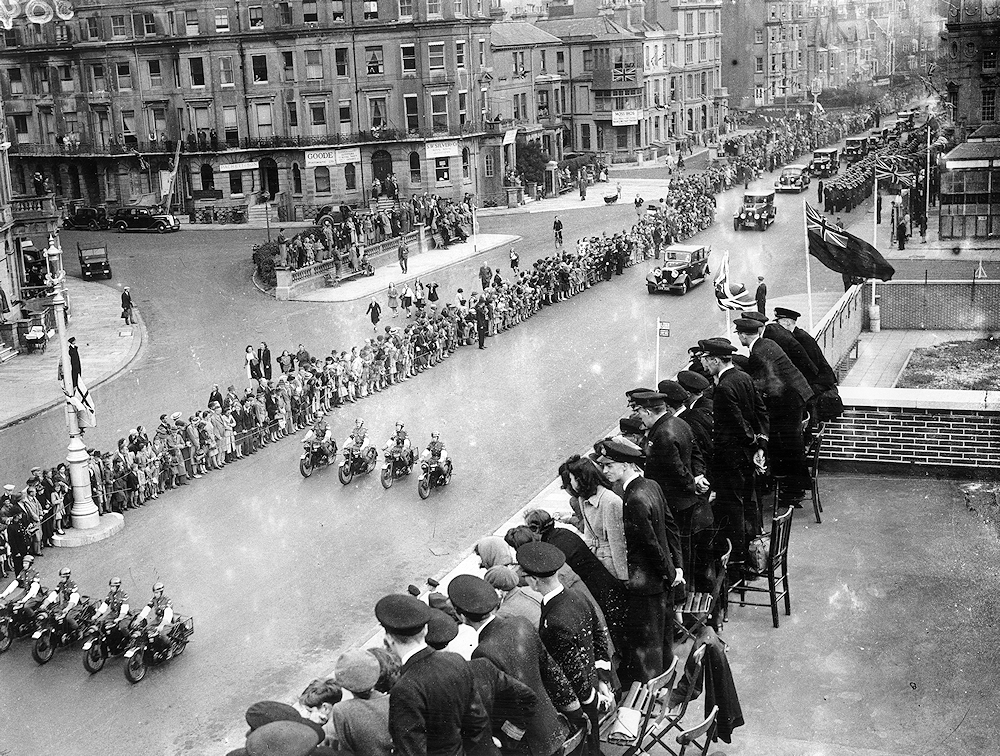
On the morning of June 6th 1945 Captain Pelly died suddenly aged 57 whilst on duty at HMS KING ALFRED (H; He was given a full military funeral service at the main building on Hove sea front attended by senior officers from the Army, Navy and Air Force establishments in the area. The coffin was carried on a gun carriage along the Kingsway to the former Hove Marina followed by the funeral procession made up of contingents from the WRNS, KING ALFRED staff and Cadet Ratings. After the service the coffin was taken to All Saints Church, Witham in Essex to be buried.
Captain Cuthbert Coppinger DSC arrived on June 21st to assume command; he was to continue the scaling down of training at KING ALFRED. Although RNVR officers were still needed as replacements for men returning home and for service with the British Pacific Fleet which was still fighting in the war against Japan. Théoden and Lancing sites began to receive reduced numbers of CW candidates and Cadet Ratings. With the Japanese surrender on August 15th (VJ Day) numbers were further reduced.
With the war over the outlying annexes of KING ALFRED were no longer needed, Mowden School was the first to close; training ceased there in October when the last Division left for Lancing. When this Division finally left Lancing for Hove in December, training there also ceased and clean-up operations began in preparations for its return to civilian control. The final handing out of commissions at KING ALFRED took place in late December 1945.
Over the six years of War HMS KING ALFRED trained a total of 22,508 RNVR officers for active sea service, these were men from a variety of commonwealth and allied nations including Australia, Belgium, Canada, China, Holland, New Zealand, Norway, South Africa, and the United States.
On January 7th 1946 HMS KING ALFRED moved to Exburv House near Southampton; the site at Hove Marina was known as HMS KING ALFRED II during its clean up and demilitarisation period, finally closing in June 1946. When it reopened to the public in August 1946 Hove Marina was renamed 'The KING ALFRED Leisure Centre'. A commemorative plaque was mounted on the wall in the main entrance hall of the building to remember the work of this establishment during the Second World War. A second plaque marks the reopening of the reopening and a third was added to commemorate the 50th anniversary of the commissioning of HMS KING ALFRED.
Sources:
Books
The KING ALFRED Papers; a collection of letters and research material held at the Hove branch of Brighton & Hove City Libraries.
'The Wave' KING ALFRED's internal magazine; complete bound set held at the Hove branch of Brighton & Hove City Libraries.
Kerr J.L. & Granville W. (1957) 'The RNVR - a record of achievement' London, Harrap & Co
Middleton, J. (1986) 'HMS KING ALFRED 1939. - 1945: Hove's erstwhile stone frigate' Hove, the author
Middleton, J. (2002, 2003) 'Encyclopaedia of Hove & Portslade' Vol.8, I to L Brighton & Hove Libraries
Warlow, B. (2000) Shore Establishments of the Royal Navy (Second Edition) Liskeard, Maritime Books
On line
Extracts from The wartime memories of Telegraphist Derric A Breen, later Lt. Breen RNVR, Chapter 9: Neither Fish Nor Fowl: Reproduced by permission. Original link no longer active. other material about him and his carer can be found on the Worlds War Two Experience web site
The History Centre, Royal Pavilion, Libraries & Museums, Brighton & Hove Thanks to Mr. Kevin Bacon, Curator of Photographs
Acknowledgements
Thanks to Colonel R.E. Bland R.M.P (Retd) for the loan of his father's wartime notebook; Acting Sub Lieutenant RNVR (Sp.Br.) Edwin Bland kept the notebook while training at HMS KING ALFRED in 1943. He served as British Naval Liaison Officer to the Polish submarine ORP Dzik May 1844 - March 1945, then as British Naval Liaison Officer to the Italian light cruiser Attilio Regolo March 1945 - April 1946 when he was demobbed
© 1999-2025 The Royal Navy Research Archive All Rights Reserved Terms of use Powered byW3.CSS
Comments (1)
I recall HMS King Alfred at Hove was still active 1948/52. My father was attached as a training CPO. Also attached was minesweeper HMS Curzon. As I remember my father was recalled to active service to work undercover in order to clean out a suspected Communist Cell.